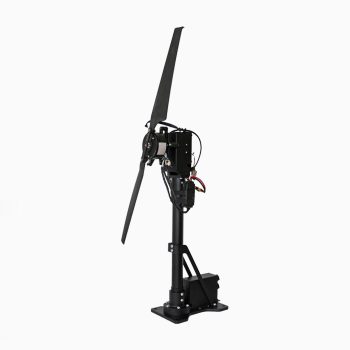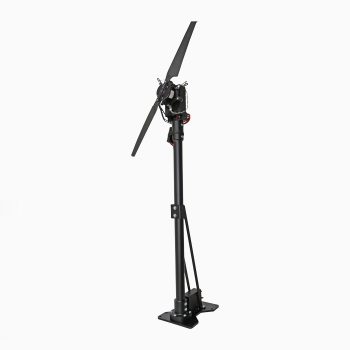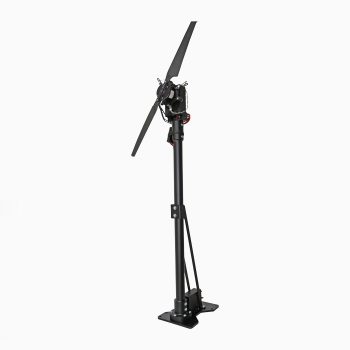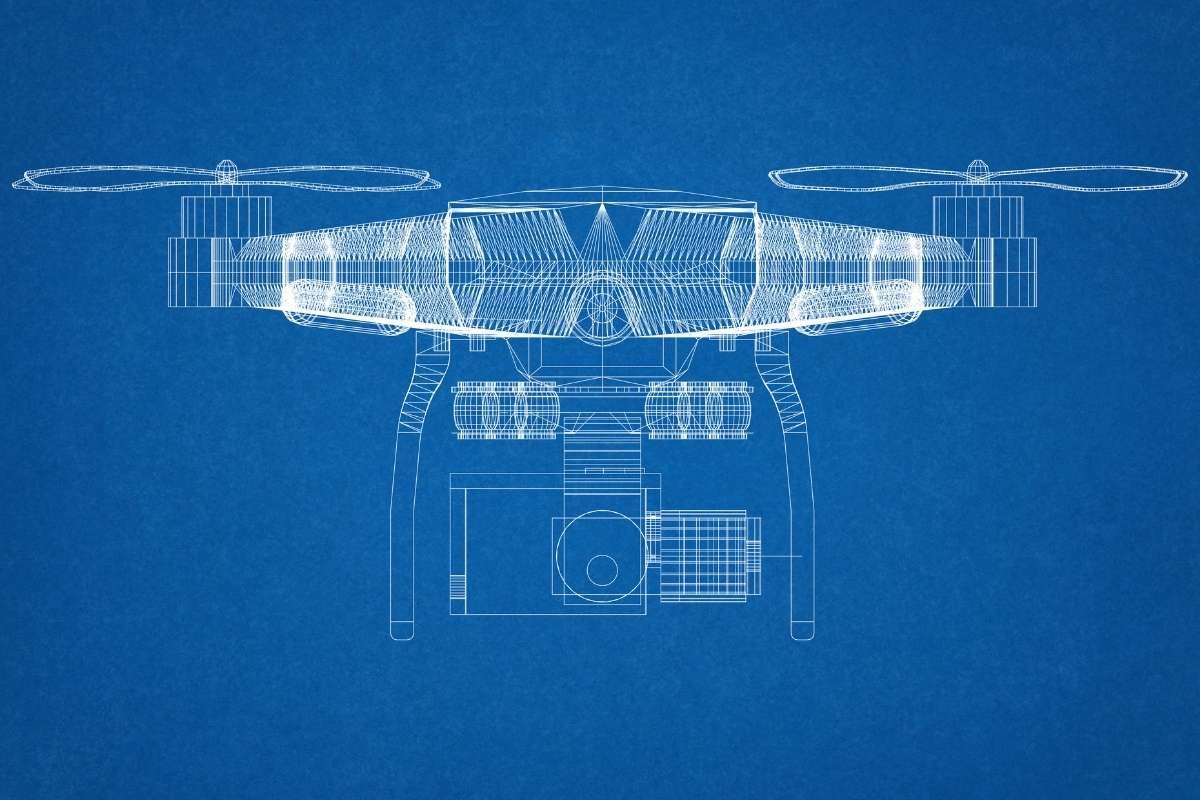Electric motors convert electrical energy into mechanical traction energy by rotary motion. Electric motors in unmanned aerial vehicles work on the principle that two magnetic fields attract or repel each other. It is very important in aircraft as it affects all system parameters such as efficiency, flight time, battery capacity, system mass and acoustic noise level. The goal of the electric motor designer is to increase machine efficiency under certain operating conditions, usually nominal. However, in aircraft, the load type of the engine is the fan and has parabolic speed-torque characteristics. Therefore, motor efficiency must be maximized in this particular load line over a wide speed range. Therefore, the tests mostly focus on maximizing the electrical energy traction conversion efficiency at the fan load characteristic, but other performance-measuring studies have not been neglected. Performance metrics will be explained in more detail in the study.
What Kind of Endurence tests are there and what is their importance?
Max. – Min. Thrust values test: It is presented to the user with a set of datasheets by each engine manufacturer. These values do not make sense unless a propulsion system is created with the right combinations. For this reason, in addition to the Datasheet data, the user must undergo a test before attaching the engine to be used in the aircraft. It is the test that determines at which ranges the engine used can achieve thrust value. With this test, it is tested whether the engine used is at the desired values.
Temperature Verification test: It is the test that determines at what values or after how long the engine warms up. This allows us to recover the engine from a negative situation and to use it in a safe range. Assuming that the majority of the motors used are made of aluminum materials and are produced by wrapping with copper wires, exceeding the outside temperature will reduce the efficiency of the engine.
Freezing test: It is the test that determines the time when freezing will occur in places where the air temperature is low. Especially for rotorcraft, icing increases friction and rotor torque, reduces lift and rotor thrust, and causes severe vibrations in the rotor system. It was found that ice accumulation causes thrust loss of up to 70% compared to pre-icing operation and can increase power consumption by up to 250%. If exposed to the effects of icing in flight, most UAVs run the risk of a potential loss of control and dangerous accident.
Vibration test: Vibrations play a critical role in the performance of flying machines such as drones. Material fatigue and loosening of parts are the most obvious consequences of vibrations. Thinner effects, poor maneuverability due to vibrating gyroscopes, and reduced quality of video recordings. As a first step towards minimizing such effects, vibrations need to be quantified. In this application note, we demonstrate the use of SmarAct’s PICOSCALE Interferometer for the non-contact measurement of vibrations produced by a commercial drone rotor. It is determined whether the motor is installed correctly and whether there is a mechanical problem.
Repeatability test: Comparing and verifying the values with cross tests in aircraft is a very important issue. The results of the same engine as output in more than one test should be consistent with each other. The repeatability of the data obtained as a result of continuous tests is checked. This test provides verification of the engine.
How to perform Motor Endurence testing with DYNOTIS ST-101?
All of these tests can be performed with all versions of DYNOTIS, with Precise measurement, simple interface and DYNOTIS-specific sensors.





